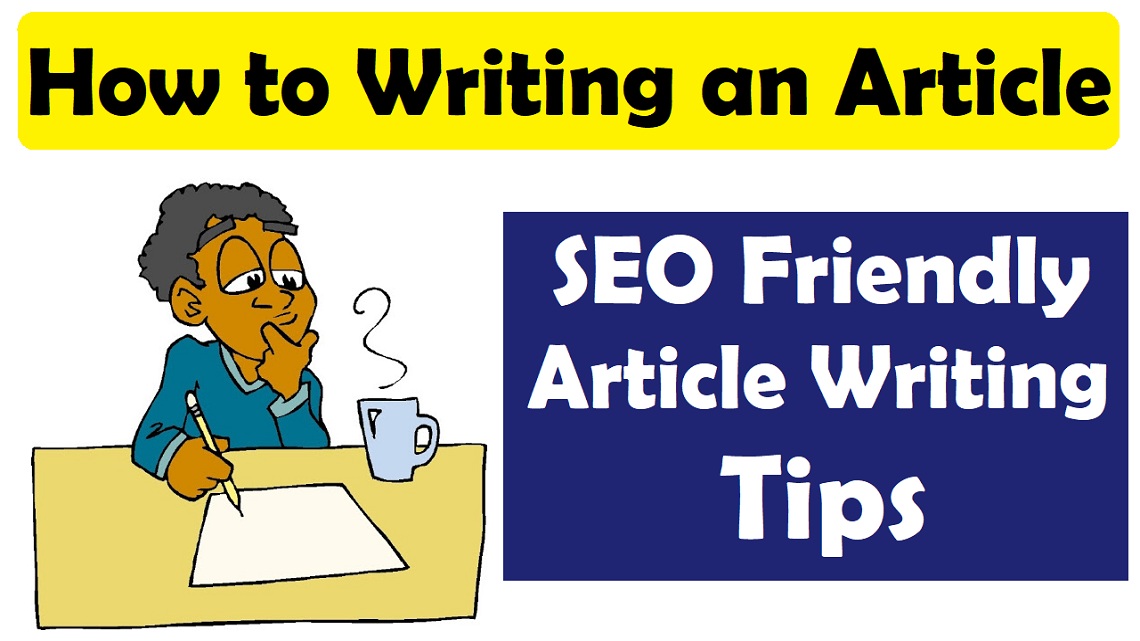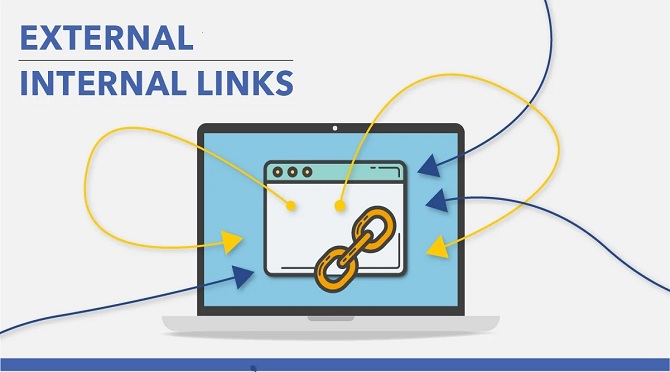Did you know that, based on Google Analytics, about 75% of users do not even go to the second search engine results page?
Plus, the first three searches on the first page get 60% of the traffic!
So, what does this tell us?
Writing a good article that provides your readers with relevant, updated, interesting facts is an absolute must. But, this article won’t be read by many people or get any authority if it is not well-optimized.
You must focus on creating SEO-friendly content. It will allow you to rank higher and boost the exposure of your articles.
Remember that writing an SEO-optimized article is not about using keywords in your headings, paragraphs, images, and any content you may use. It’s so much more, and it is imperative in 2022.
We are here to give you tips for writing awesome content that will convert. So, let’s begin.
Table of Contents
- 1 1. Determine the Purpose of Your Article
- 2 2. Choose the Right Keywords
- 3 3. Structure Your Content
- 4 4. Optimize Your Meta Description
- 5 5. Include Visual Content and Optimize it
- 6 6. Define Your Ccontent Length
- 7 7. Include Internal and External Links
- 8 8. Use Transition Words
- 9 9. Update Your Content
- 10 10. Hire an SEO Agency or Use SEO Tools
1. Determine the Purpose of Your Article
Before you even start writing your article, you must be clear about what you will write and what goal you are trying to achieve.
Suppose you are writing an article about a particular product or a service you are selling. In that case, you need to define what aspect of the product you want to present and how this information will help anyone reading the blog.
Also, it would help if you chose a topic that will be answering one of the users’ queries. These user queries are your keywords.
Research the current trends in your niche, and pick the topic that would attract your readers’ attention and make them want to share it with the people in their network.
2. Choose the Right Keywords
Although many people believe that optimizing your article is only about choosing the right keywords, this is only one part of it, but a crucial one.
Keyword optimization is a fundamental step before you start developing your topic.
The easiest way to find out what keywords you need to focus on is thinking about the words your visitors would search for if they wish to find the type of product or service you are selling.
Each article you write should have one primary keyword and 5 to 10 related keywords.
Bear in mind that you primarily need to focus on using standard terms for your services, products, methods, techniques, and whatever you are selling. Avoid using technical terms.
Bottom line, in the sea of potential keywords, you need to focus on the ones that your visitors will more often search for.
3. Structure Your Content
To make your content readable, you need to pay close attention to its structure.
To introduce your topics, use headers and subheaders and present your article in the best possible way, not to confuse your readers.
The best thing about headers is that they add structure to the context, so the article is easily digestible.
For instance, use H1 and H2 to optimize for crawlers. In most cases, H1 is the header, H2 is the subheader of H1, and H3 is the subheader of H2. The best solution is to use H1 only for your header and then use H2 to H6 how many times you want.
Another good practice is to use as many lists as possible because, in this way, you optimize for Google snippets.
Google’s featured snippets are the results you can see above the first organic search result. They provide critical information on that particular topic and an immediate answer to the user’s query, who may then decide to visit that page.
The best practice is to use either a bulleted or a numbered list to keep your content concise and user-friendly.
4. Optimize Your Meta Description
A meta description is a piece of content that Google uses to show the summary of your article, so it is an essential component of your content strategy.
It is vital to make your meta description engaging and informative and optimize it for the primary keywords.
The length of a meta description is between 155 and 160 characters, so make sure you summarize your topic as much as you can.
Please note that even if you create a meta description for your article, it does not necessarily mean that it will appear in search results. To avoid that, the best thing to do is to insert your keyword as naturally as possible.
Google will undoubtedly use your tag if it finds the match in your meta description.
5. Include Visual Content and Optimize it
Apart from focusing on creating valuable content, you need to make sure it is visually appealing to your visitors.
With that in mind, you need to use images, graphs, diagrams, and other kinds of visuals to grab readers’ attention. This way, your visitors will enjoy reading your content and share it with other people from their network.
If your content is often shared, you will get backlinks to your site and keep visitors engaged even longer. There are a few best practices you need to follow to optimize your images:
-
- Optimize the size of your images so that they load quickly on your site
- Create alt text tags for each image so that you can adequately describe what the image is about
- Use elements or animations that would delight your visitors and make them want to reshare your content
If you are not good at finding the right imagery and creating engaging animations, hire a custom web design company to help you create staggering visuals.
6. Define Your Ccontent Length
If you are writing a typical blog post, you should focus on writing an article between 300 and 500 words minimum.
Keep in mind; Google likes more extended pieces of content, which should always be your primary focus. Why? Longer content will consistently rank better in searches.
An ideal word count for the blog post is around 2000 words. So, it’s best to start with this number.
Don’t settle, though. Change your article length and test the waters. You will see which content length performs the best.
And, remember, quality is always more important than quantity. Constantly check your best-performing content to determine which topics and what length to focus on.
7. Include Internal and External Links
No matter how unique and high-quality your content is, you need to optimize it with links to make it SEO-friendly.
Links play a significant role when it comes to ranking on Google and other search engines.
Essentially, external links go to pages on an outside website, and internal links go to pages on the website that the article is posted on. So, instead of just using a URL of a particular page or a blog, try building links around a phrase or a word in the text.
Internal links help readers navigate to other article pieces while reading the article or maybe after reading it. These links also tell web crawlers that the written content is relevant.
Internal and external linking can improve the average time users spend on the site and reduce the bounce rate.
External links take readers to the articles that say more on the given topic and bring value to search rankings. Keep in mind that you need to link to trusted websites when choosing links for your blog topic. Linking to a spammy or insecure website will hurt your rankings.
8. Use Transition Words
To make your article easily readable, you need to use words that would allow your readers to jump from one topic to another quickly. These worlds are called transition words.
Some transition words are: “Currently,””Secondly,””Finally,” and others. These words will help you add structure to your article and build a relationship with your reader, helping them follow the topic.
On the other hand, if you choose not to use transition words when moving from one topic to another, you may confuse, as your article will become frictional and quite challenging to read.
You want your subject to run smoothly and transition words make your article more SEO-friendly.
9. Update Your Content
Even if you create high-quality content that converts, you need to update it regularly. This way, you will improve the performance of your site and SEO.
By re-optimizing your content, you will improve your rankings, make better conversions and increase your traffic.
Here are a few pointers to consider when updating your content:
-
- Collect your data
- Find the pages to update
- Update your keyword research
- Do an in-depth analysis of your search intent
- Improve your headlines
- Pay attention to your CTAs
- Update the publishing date
- Check your on-page SEO
- Promote the updated post
10. Hire an SEO Agency or Use SEO Tools
If you are focused on creating high-quality content and don’t have enough time to experiment with these or other techniques, you need to hire someone else to do it for you.
SEO-friendly content will bring much value to your site and help you rank higher. Choose one of the best SEO companies to help you achieve the best results.
Also, by using SEO tools, you can find the best keywords for your content, detect bad links, analyze your link profile, check mobile optimization, and so much more.
Lastly, editing tools like Grammarly help you improve spelling, eliminate errors, and check the readability of your text.
Take the First Step
No matter what kind of services or products you are selling, you can create compelling content that will engage your readers and boost your search engine rankings.
Besides using your writing skills to create staggering content, you need to implement these SEO techniques to make sure you get the top spot on Google’s first page. You can further consult our SEO checklist to make sure your website is in proper shape and increase your chances for a higher ranking in the SERPs.





